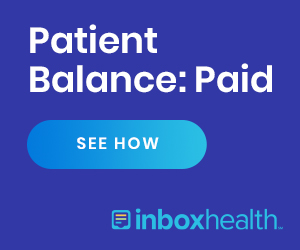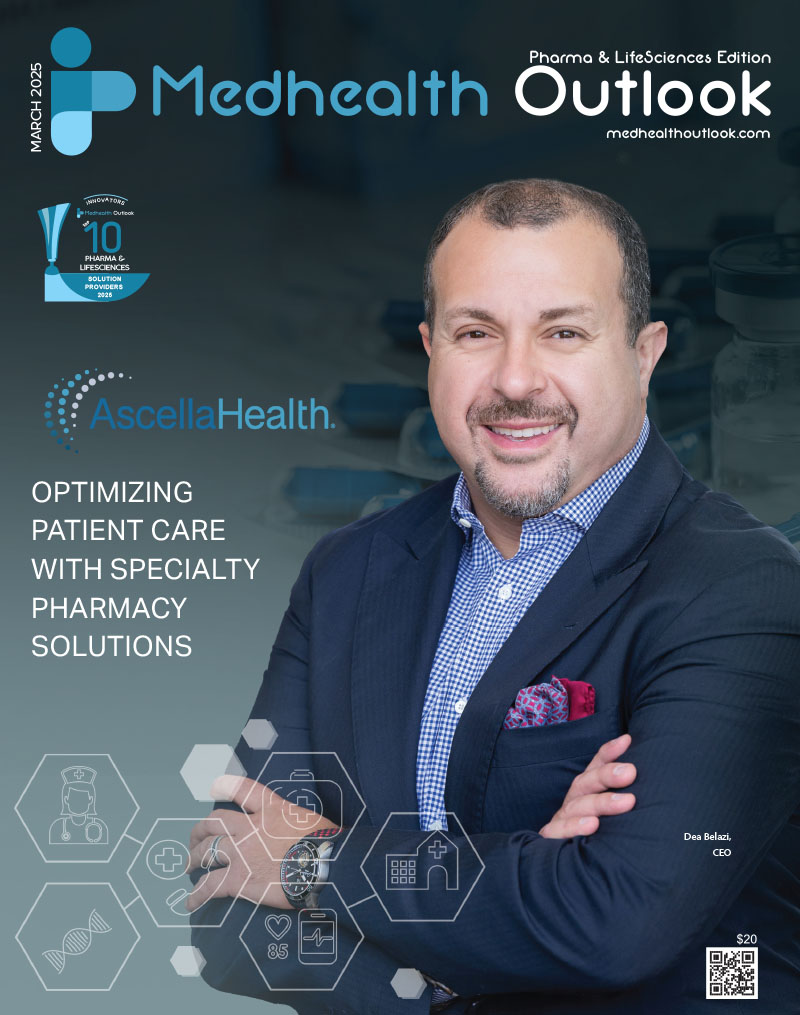Flimp, a leading provider of AI-powered employee benefits communication and decision-support tools, has officially announced the launch a new spouse health plan comparison tool for its Flimp Decisions product.
According to certain reports, the stated new feature makes it possible for an employee to upload their spouse’s medical plan Summary of Benefits and Coverage (SBC), as well as enter basic rate information to compare their own employer-sponsored medical plans with their partner’s plan.
Talk about Flimp Decisions on a slightly deeper level, it is currently best-known for generating 50-70% average completion rates on a rather consistent basis, which also happens to be the highest in industry. Furthermore, it offers a fast setup that takes less than a week to facilitate all proceedings in most cases.
Another detail worth a mention relates to how the solution in question also asks for no more than a few minutes to complete and identify the best-fit plan. To go along with that, users can come expecting to run multiple scenarios and effectively compare results.
In case that wasn’t enough, you are not even required at all to provide your medical history, whereas on the other hand, all personal health data is de-identified.
As for the licenses, they include setup, engagement reporting, educational videos for core medical and ancillary benefits, joined by analytics tools for employers.
Turning our attention towards the all-new spouse health plan comparison tool, it arrives on the scene bearing an ability to achieve significant cost savings for employers. This translates to how the solution enables employers to compare and choose the most cost-effective plan for their household. Here, an employer may also choose to avail a shift from family to single coverage, or waiver of redundant coverage altogether, thus cutting down on employer-paid premiums.
Next up, the technology makes a point to conceive similarly impressive cost savings for employees, as the relevant contingent may discover that they can save money by enrolling in a spouse’s plan, especially where their employer offers more generous contributions or lower premiums.
All in all, such a mechanism should really go the distance to provide a clear, side-by-side breakdown, and therefore, support those choices.
Moving on, Flimp’s latest brainchild also offers the prospect of time savings for HR teams. We get to say so because, with employees enjoying the means to quickly compare their options through an intuitive digital interface, HR teams can now spend less time in the context of entertaining plan-related questions and more time on strategic priorities.
Rounding up highlights would be the potential for enhanced accuracy and speed, thanks to AI assistance. You see, the AI-enabled tool rapidly extracts and organizes critical data from SBC documents, doing so to ensure accurate comparisons and reduce the time usually spent on manually comparing plans.
Among other things, it ought to be acknowledged that this new spouse benefit comparison feature is available now to all Flimp Decisions clients ahead of the 2025–26 open enrollment season. It also builds upon Flimp’s other benefits communication solutions including benefits guides, videos, Digital Postcards, microsites and more. each one designed to improve benefits literacy and streamline the OE decision-making process.
Founded in 2011, Flimp’s rise up the ranks stems from bringing forth employee benefits communications, educational content, texting, and decision-support tools for employers, consultants, enrollers, and insurance carriers. The company’s focus, at present, comprises of customized content combined with white-glove managed services for employers to ensure their benefits offerings have a higher probability of being successful.
Flimp’s excellence in what it does can also be understood once you consider it serves more than 1,600 corporate clients across nearly every industry, including dozens of Fortune 500 companies.
“Flimp Decisions was already an industry-leading benefits decision-support tool with the highest average engagement,” said Wayne Wall, CEO of Flimp. “Now, it can also quickly ingest and compare an employee’s plan with their spouse’s medical plan to increase coverage and improve savings for both the individual and the organization.”



















